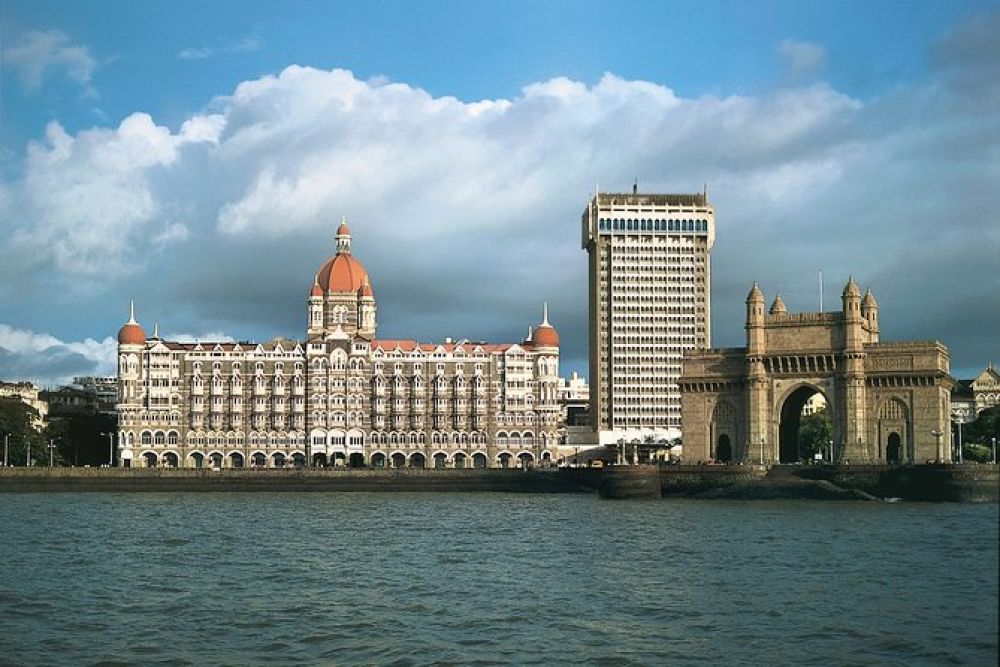

Tourism in Mumbai, one of India's most vibrant cities, has evolved significantly from its early days to the modern era of travel and exploration. Over time, Mumbai has emerged as both a cultural hotspot and a bustling metropolis, attracting visitors from around the globe.
The history of tourism in Mumbai can be traced back to the British colonial period. The city, then known as Bombay, was considered the 'Gateway to India' due to its strategic location and bustling port. The establishment of the Suez Canal in 1869 significantly increased travel to India, and Mumbai became a crucial stopover for voyagers heading further east. Iconic landmarks such as the Gateway of India, which was completed in 1924 to commemorate the visit of King George V and Queen Mary to the city, were built during this period and still stand as a testament to the city's colonial heritage.
After India's independence in 1947, Mumbai rapidly transformed into a cosmopolitan mix of diverse cultures, traditions, and economic activities. With the growth of Bollywood, India's Hindi-language film industry centered in Mumbai, the city's tourism saw new heights. People began flocking to the city not only to experience its historical and cultural landmarks but also in the hopes of catching a glimpse of their favorite film stars or going on a film studio tour.
In recent times, Mumbai's tourism industry has witnessed a surge thanks to its blend of history, entertainment, and art. The city's colonial architecture, museums, cultural festivals like Ganesh Chaturthi, and high-end shopping experiences contribute to its allure. Furthermore, the development of new attractions like Bandra-Worli Sea Link and improved infrastructure has made Mumbai more accessible and tourist-friendly.
Sustainable Tourism has gained momentum in Mumbai, with an increasing number of travelers looking for eco-friendly accommodations and experiences that benefit local communities. Moreover, there has been a rise in culinary tourism, with visitors keen to explore the city's diverse food scene, from street food in Chowpatty Beach to upscale dining experiences.
Cultural and Heritage Tourism also remains a significant draw, with tourists eager to explore historical sites such as the UNESCO-listed Chhatrapati Shivaji Terminus and the Elephanta Caves, which offer insight into India's rich past. Meanwhile, art festivals like the Kala Ghoda Arts Festival highlight Mumbai's modern cultural vibrancy.
The city's coastal location has further promoted cruise tourism, with international cruise lines adding Mumbai to their itineraries. This, coupled with the ease of e-visa processes for international travellers, has made Mumbai more accessible than ever.
With an enduring mix of history, culture, and innovation, Mumbai continues to reinvent itself, offering a unique and vibrant experience to every visitor that graces its shores.